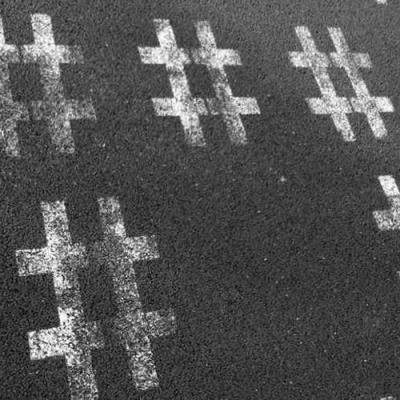Tech Watch: #Do #You #Hashtag #?
Five tips to hashtag more effectively.
Maybe you've seen it – maybe you haven't. But before taking over as the host of The Tonight Show, Jimmy Fallon, with the help of Justin Timberlake, released a #hashtag bit in 2013 in which Fallon and Timberlake have a face-to-face conversation as if it were on Twitter using "hashtags."
But what are hashtags, and why is it important that we talk about how to help those in Erie effectively use them?
In short, a hashtag is a word – or combination of words – with the pound sign (#) in front of it. Basically, you hashtag so the word or words you are using can be searched and linked. Think of it as a rapid means of searching conversation and ideas via social media platforms, because once content is published, users are able to click on the hashtag to see a real-time feed of everyone else who is using that same hashtag.
For instance, I could use #ErieReader for any Erie Reader-related content and others who have the same interest and are searching that topic can easily find it.
Simple enough, right? Not so fast. Many social media users don't really seem to understand the point of this tool or how best to use it, illustrated by Fallon and Timberlake's taking this tool offline to use it in person-to-person conversation, hashtagging words and phrases that wouldn't yield any useful search results.
Let's be clear: They're joking – and using hashtags lightheartedly. And so can you. Want to voice you current and personal feelings? Go ahead: #IJustDontGetThis or #QuestloveIsTheBest! But the chances people are searching those, though, is slim.
So if you want to use hashtags to join and participate in relevant conversations and share information more effectively, here are five tips to better utilizing hashtags when you want to better engage your community:
1. Start with what's already being used. For instance, trying to start the trending hashtag #HousewivesOfEriePA isn't likely to immediately take off because, well, that conversation just isn't happening yet. So do some searching first before setting out to immediately begin using hashtags.
2. Don't overuse hashtags in a post. If you have more than three hashtags in one Tweet or Facebook post, you are overdoing it. #spamming #nobodycares #keepitsimple #IStoppedReadingTheseBecauseThereAreTooManyAndTheyreTooLong.
3. Write it right. Since hashtags only work as one clumped word, never use spaces or punctuation. Entering either of those into a hashtag will break the link and will make it more difficult to search your hashtag, so if you use #Erie Reader only "Erie" will be linked.
4. Length is key. Don't make your hashtags extremely long because it decreases the likelihood someone is searching the exact same thing (see my "I stopped reading" reference above). And certain social media platforms limit your character count, so always think: efficient as well as effective.
5. Make your hashtag worth clicking. If you are thinking of hashtagging words that make no sense, don't do it. Why would anybody hashtag the word #me? Nobody is actually going to click on that and see what is happening in real time of the word #me. Make your friends/fans want to click the hashtag. #TodaywasjustnotmydayIneedchocolate serves no searching purpose because it's more about an individual and less about information.
Fallon has two #Hashtag videos – and they signal something clear: Hashtags permeated both social media and culture. And this isn't a bad thing, because hashtagging is fun and helpful. Just be sure you are properly using a hashtag by sticking to those five basic tips, and you'll be joining, spreading, and creating conversation in no time.
So don't be a #fail at #hashtags – just keep it #simple and be #smart.
Epic Web can be contacted at Epic@ErieReader.com.


.png)
